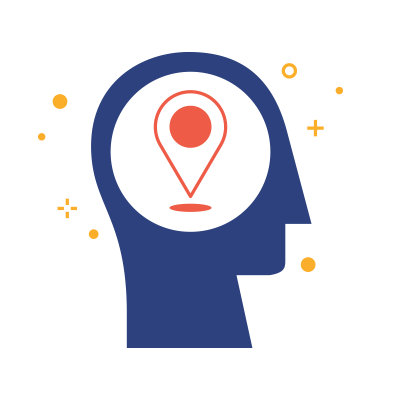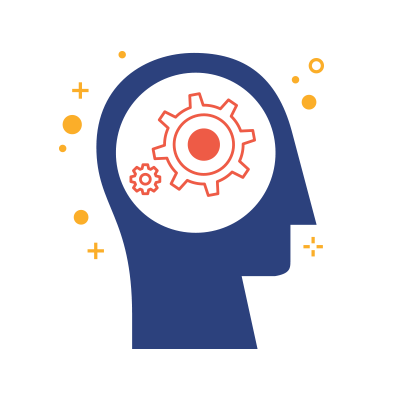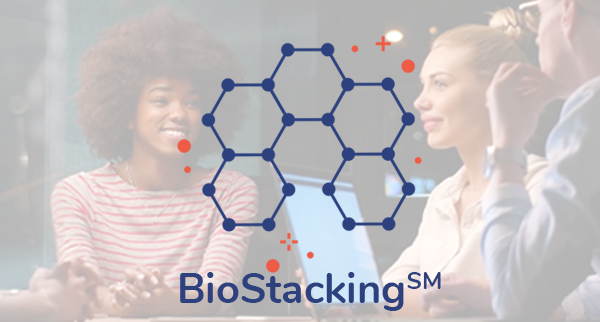Just like a marathon runner who's just finished a 26-mile race, our brains need to recover, recharge, and be nourished. After they run a marathon, a runner requires rest before they run again. They get restful sleep, eat right, rehydrate, and relax. Our brains need the same thing. So, for optimal brain health and to be a high performer at work and in life, we need to let our brains recharge and recover.
One way to help rejuvenate your brain is to get enough sleep. It's important that adults get at least seven to nine hours of sleep each night. Anything less that that can lower their I.Q. and reduce their ability to reason quickly. Another way is to exercise. Exercise is not just good for your body- it’s also good for your mind! Research has shown that regular moderate to vigorous exercise can lead to the development of a larger hippocampus, improving your memory and performance as a result.
Third, what you eat has an effect on your brain. In fact, research has shown that unhealthy diets can lower your I.Q. so, try to eat a balanced diet full of brain foods. Jim Kwik’s top ten brain foods are avocado, green leafy vegetables, walnuts, coconut oil, broccoli, blueberries, salmon (I like sardines as well), turmeric, and dark chocolate…. Keep in mind that refined sugar (found in candy bars, soda, donuts, junk food, processed foods, etc.) is not good for your brain health and can lower your ability to learn and concentrate.
The fourth way to recover is with downtime. Your brain needs a rest from social media and reading text messages. It's good to give your brain a regular break from technology. Downtime is productive time for your brain. Fifth, stress and anxiety are not anyone’s friends. In fact, too much stress can also lower your IQ and decrease your ability to perform, along with tearing down your body physically. That's why meditation and mindfulness are so important. They can counteract the effects of stress on your brain and improve your ability to focus and learn, as well as enhance your memory.
Finally, remember that your brain needs to be hydrated. Remember to drink water throughout the day and to avoid caffeine, which can dehydrate you.











